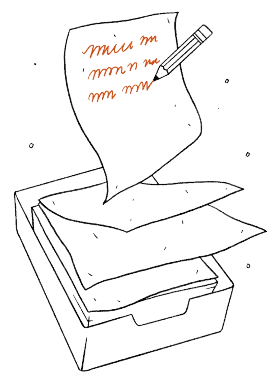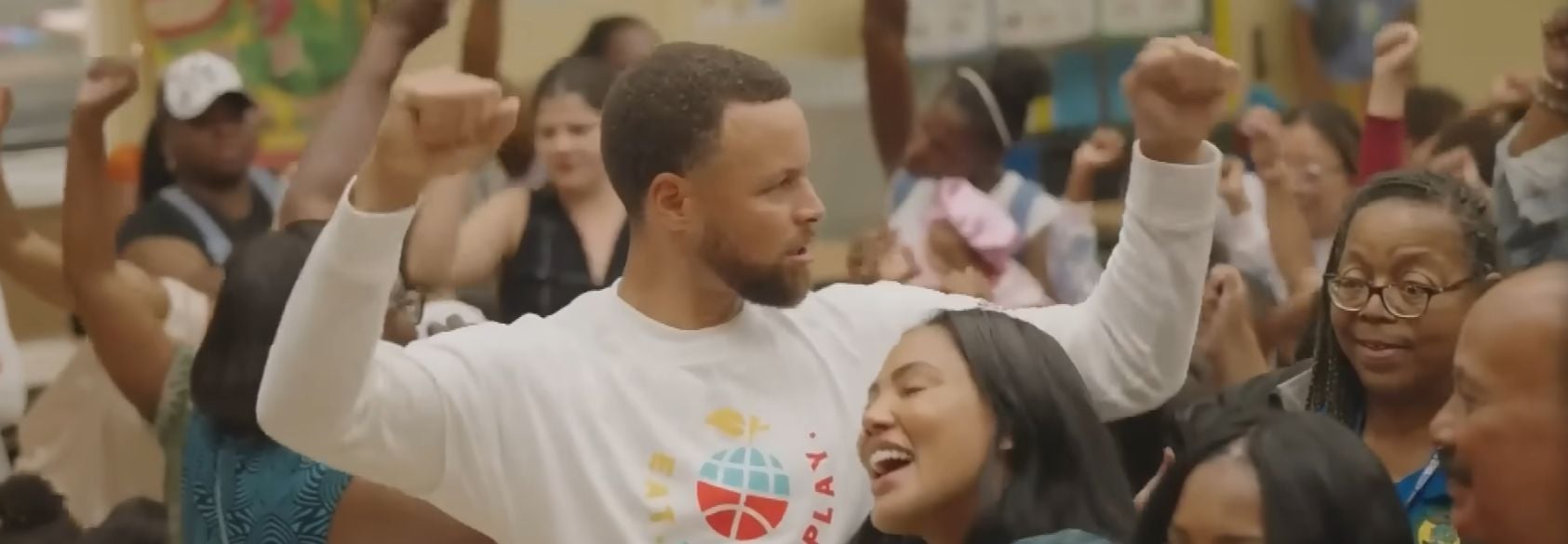Today's News, Tomorrow's Lesson - January 14, 2014
PBS NewsHour Extra “Hidden” poverty in suburban areas is making it difficult for the government to successfully continue President Lyndon Johnson’s War on Poverty, an academic has claimed. While overall poverty rates have declined since President Johnson’s declaration in 1964, the number of poor living in suburban communities has grown. In some cases, there are more poor families in the suburbs than in major cities.










